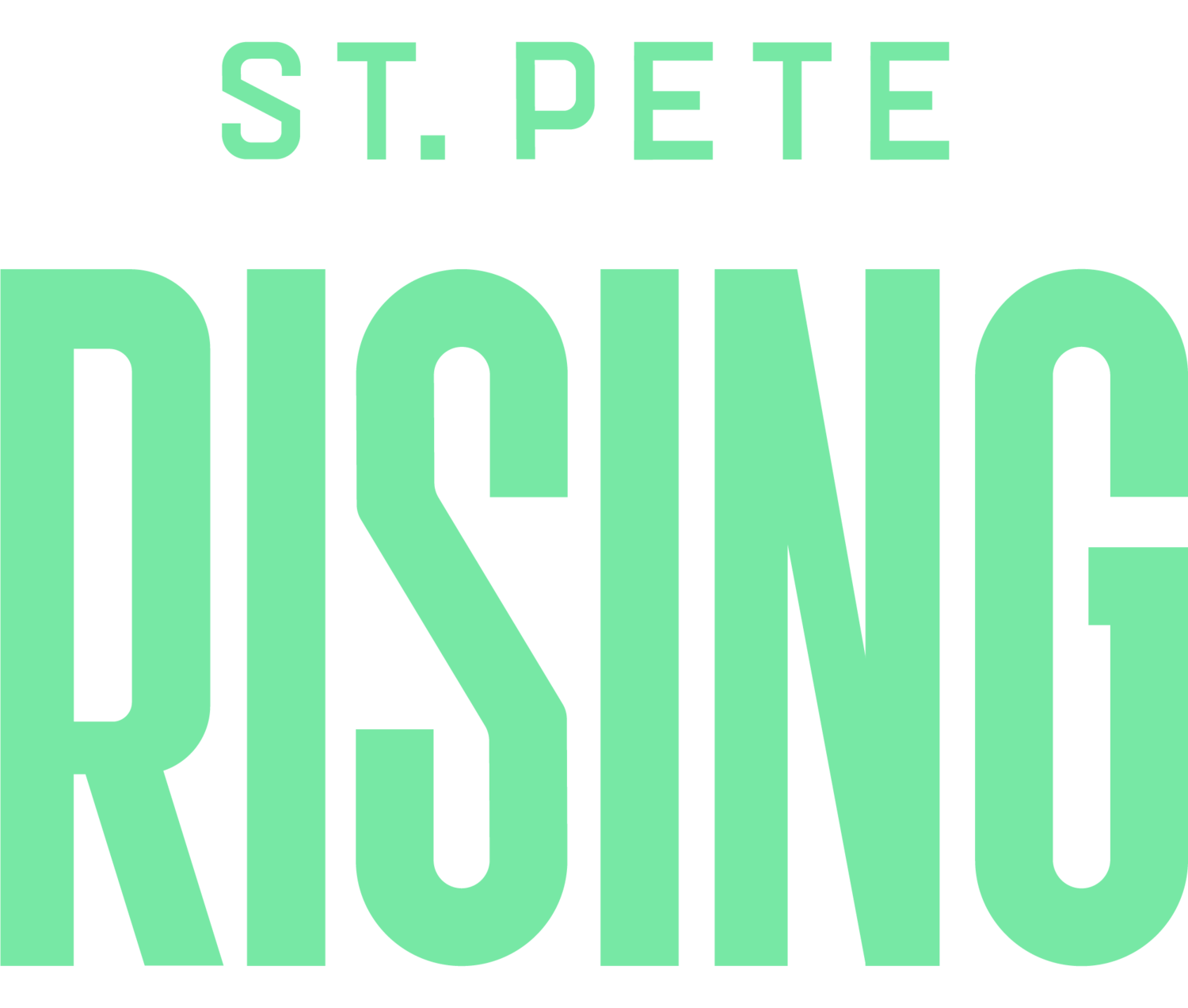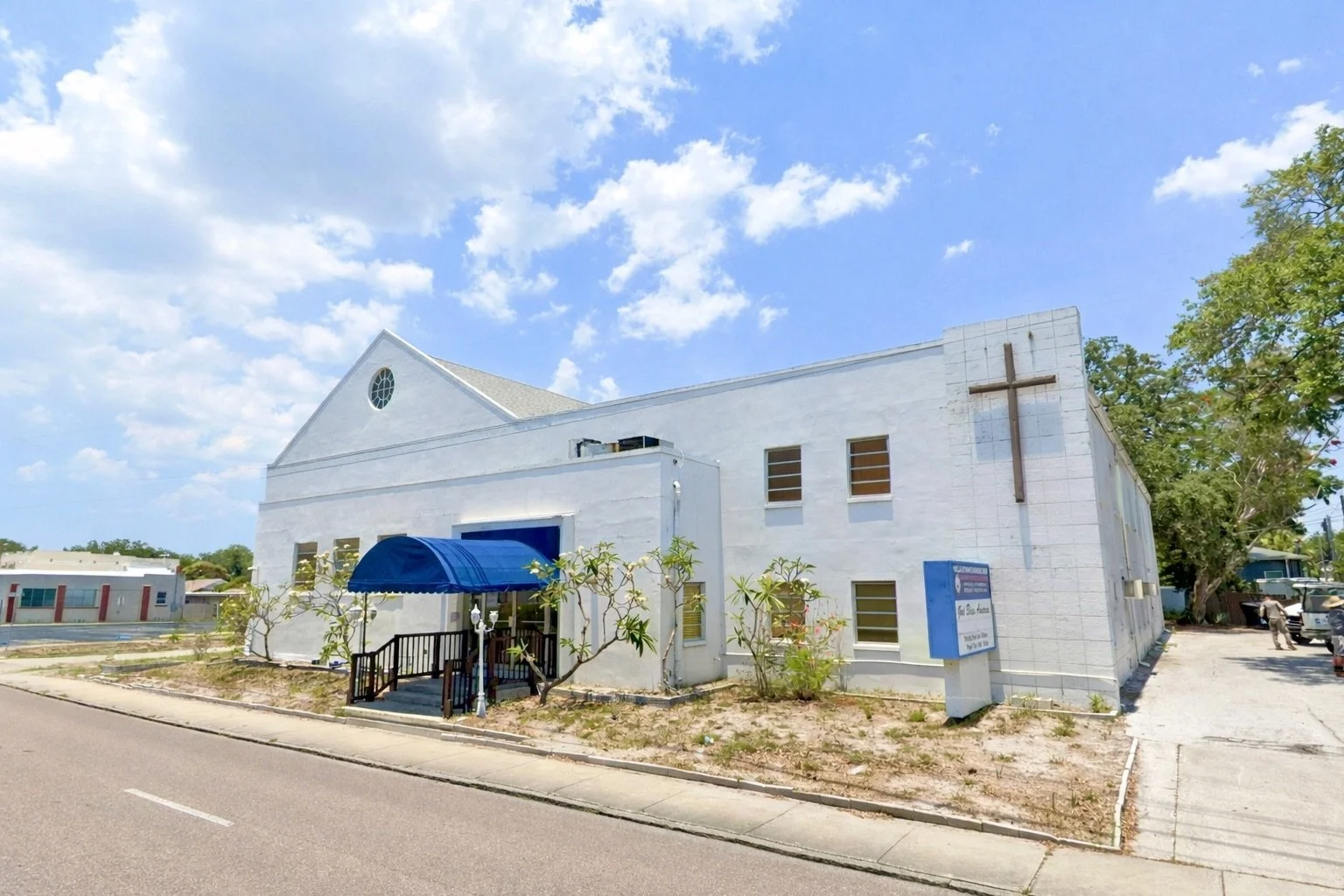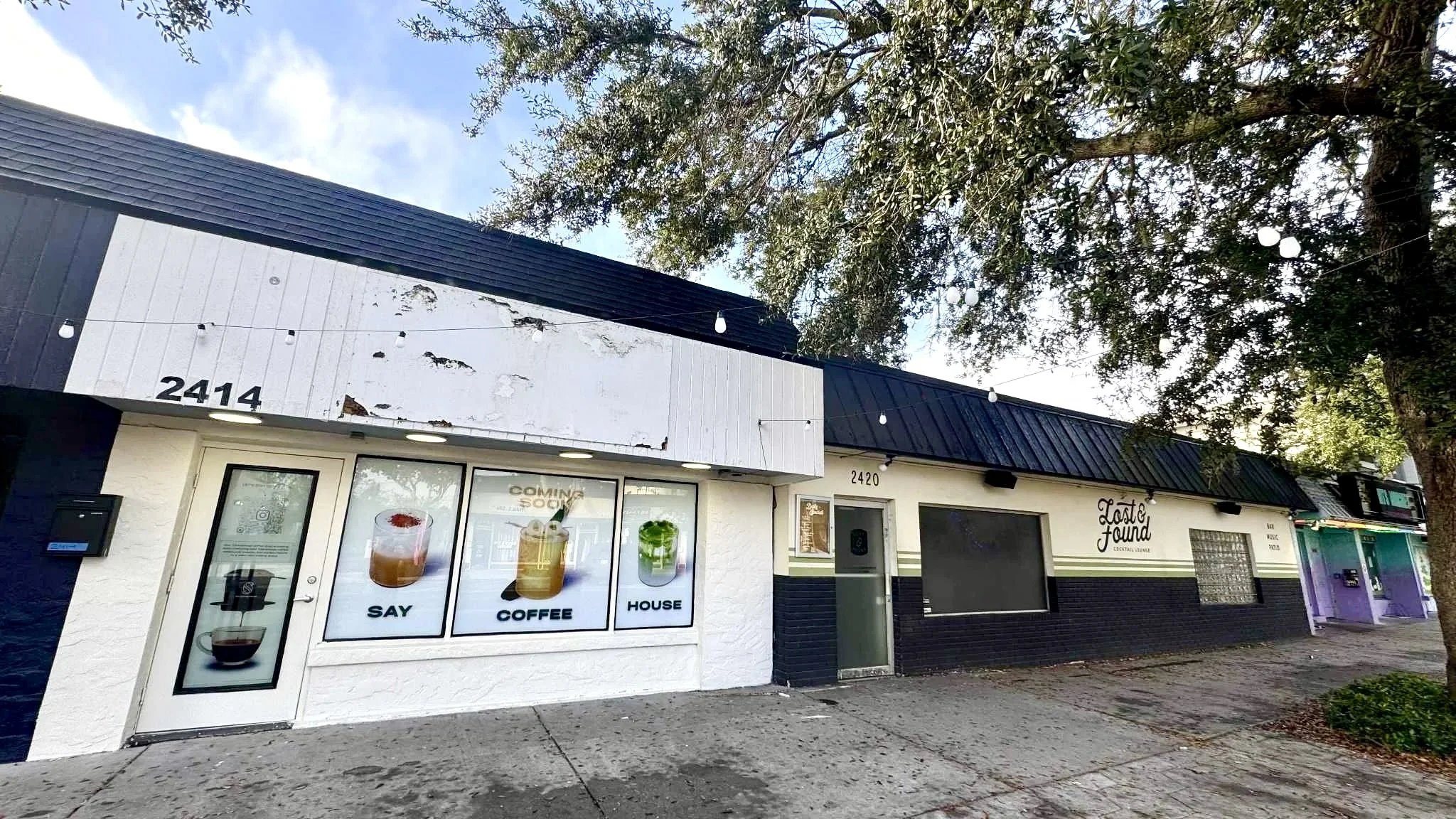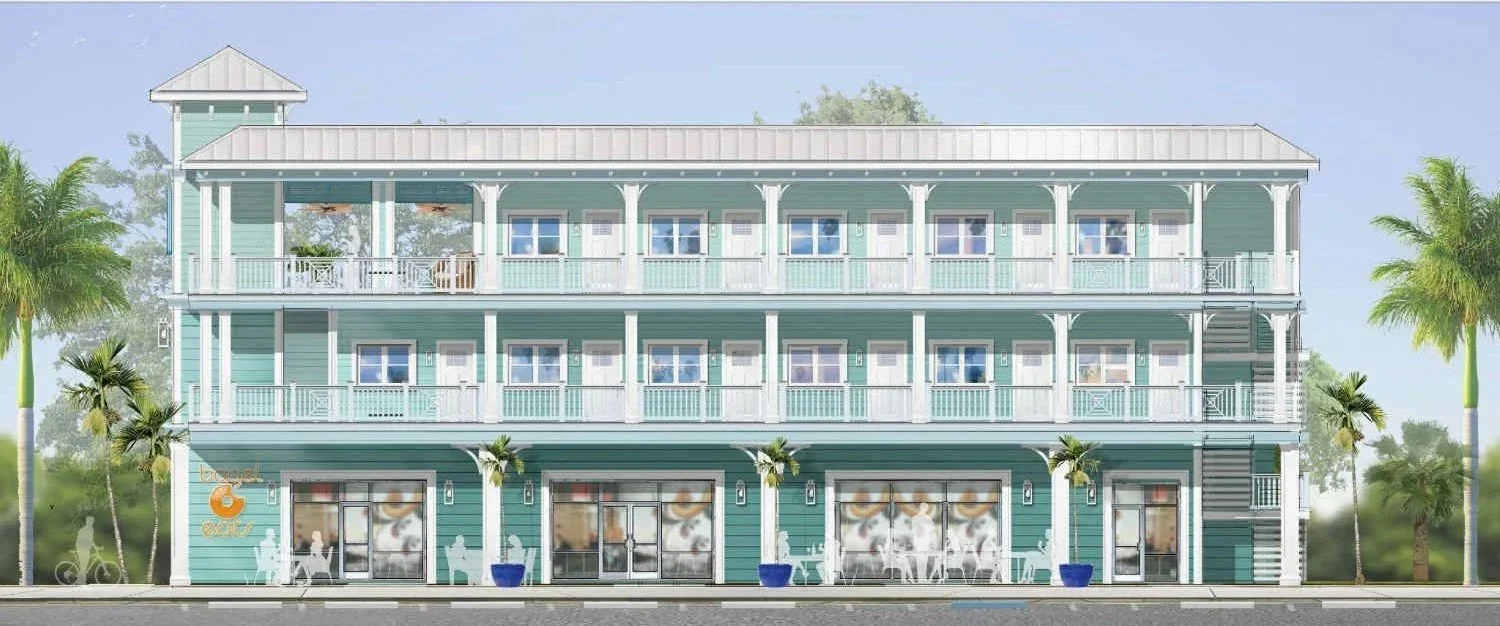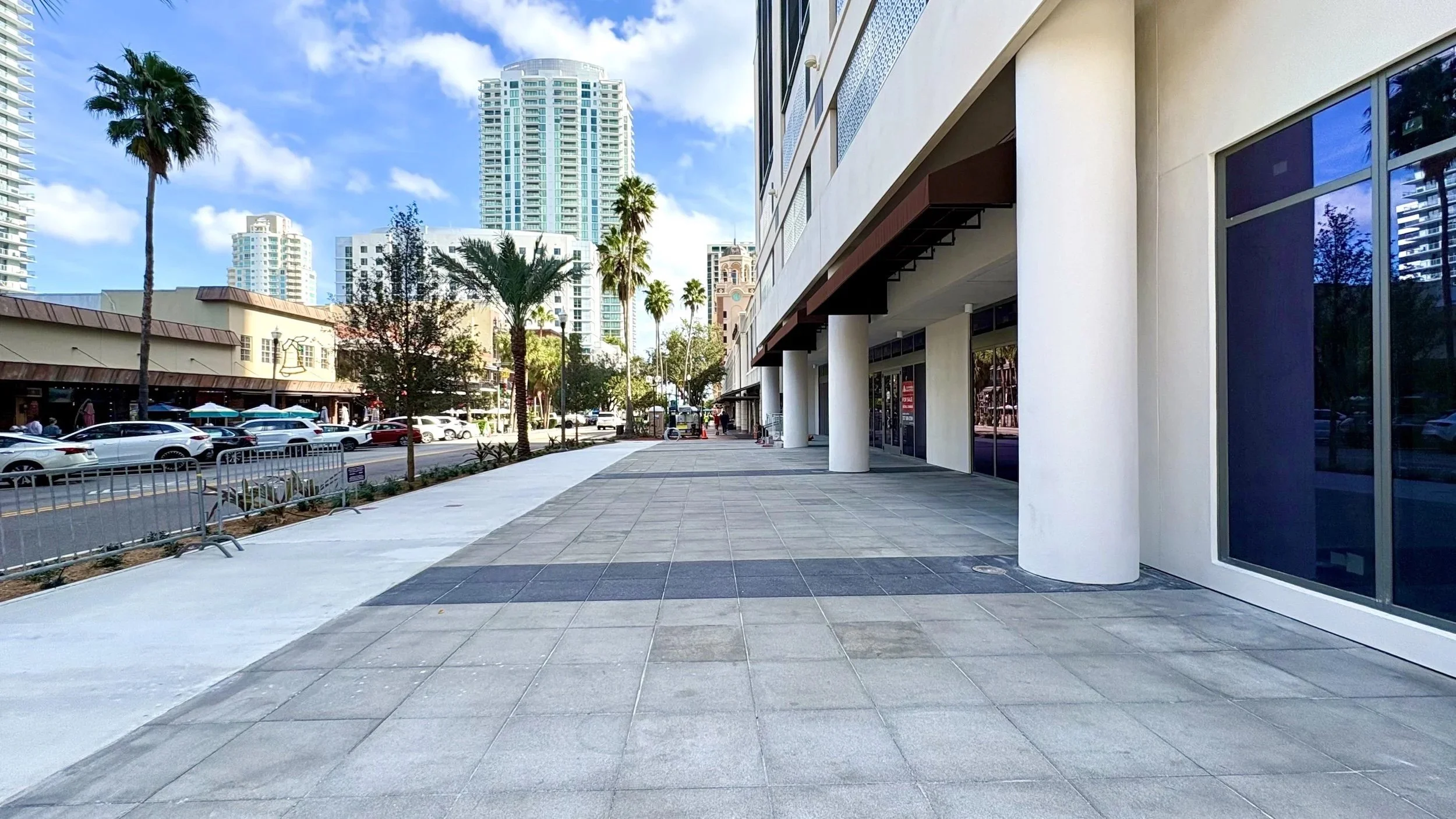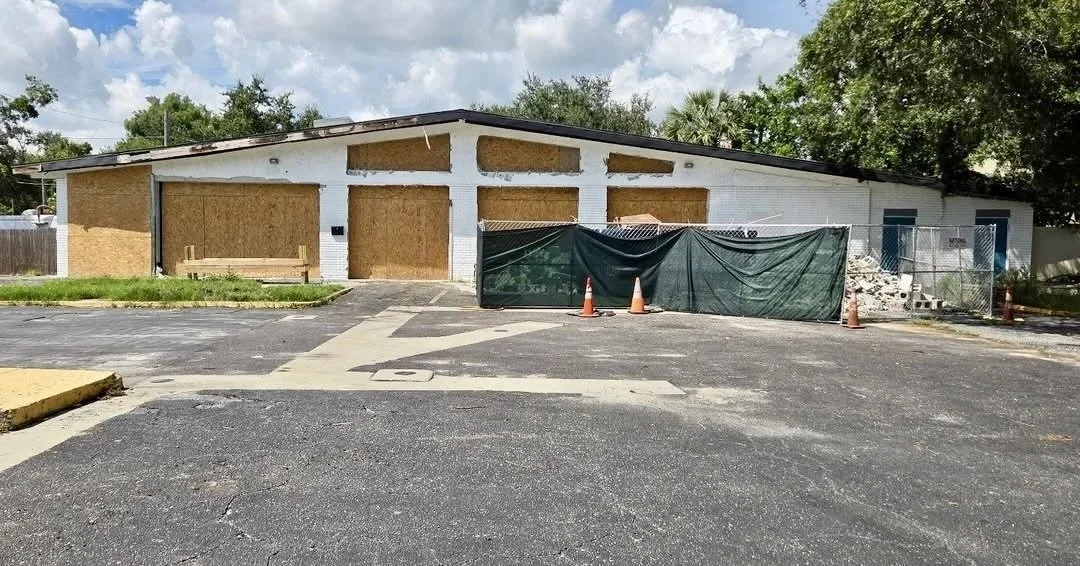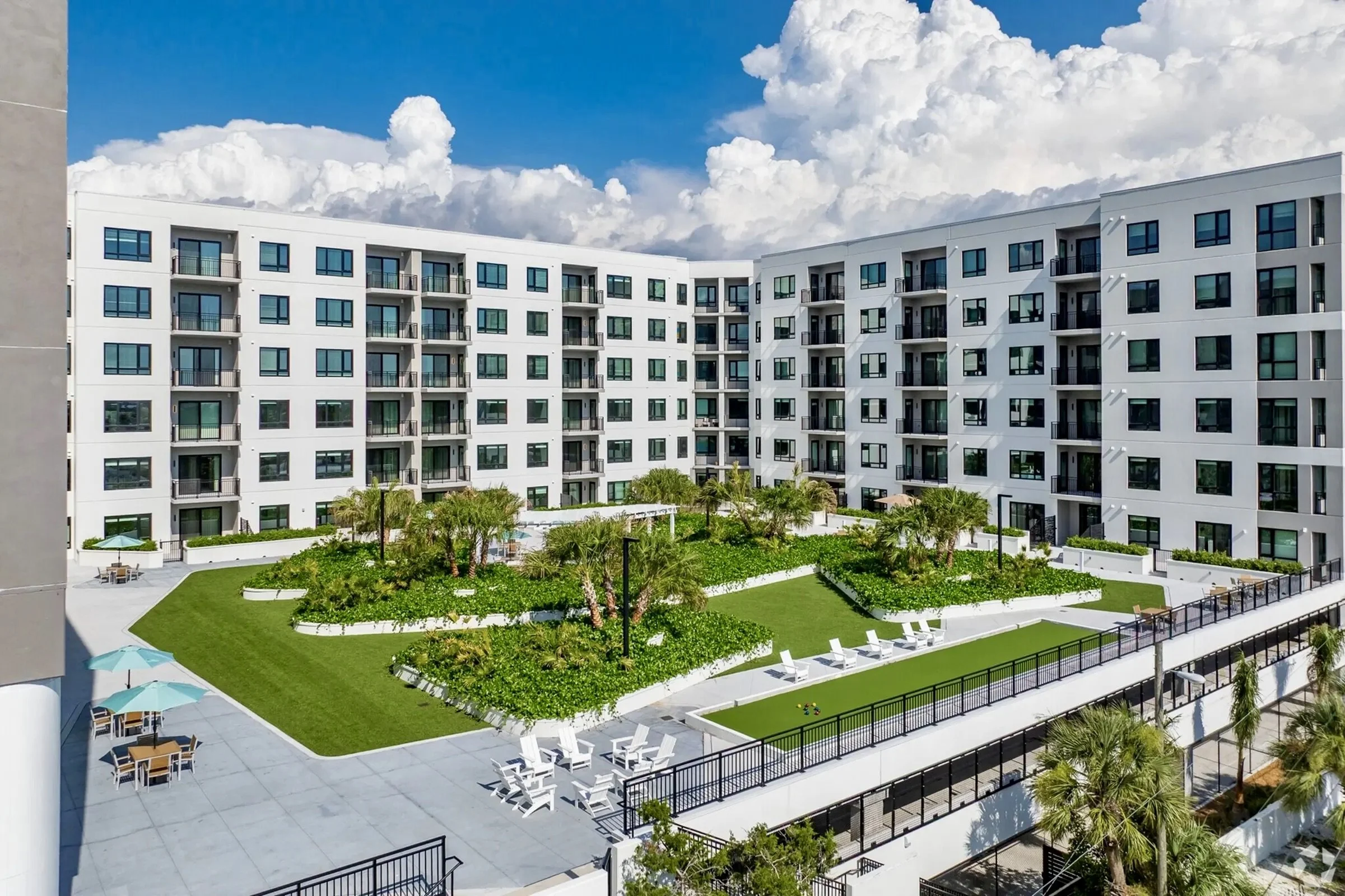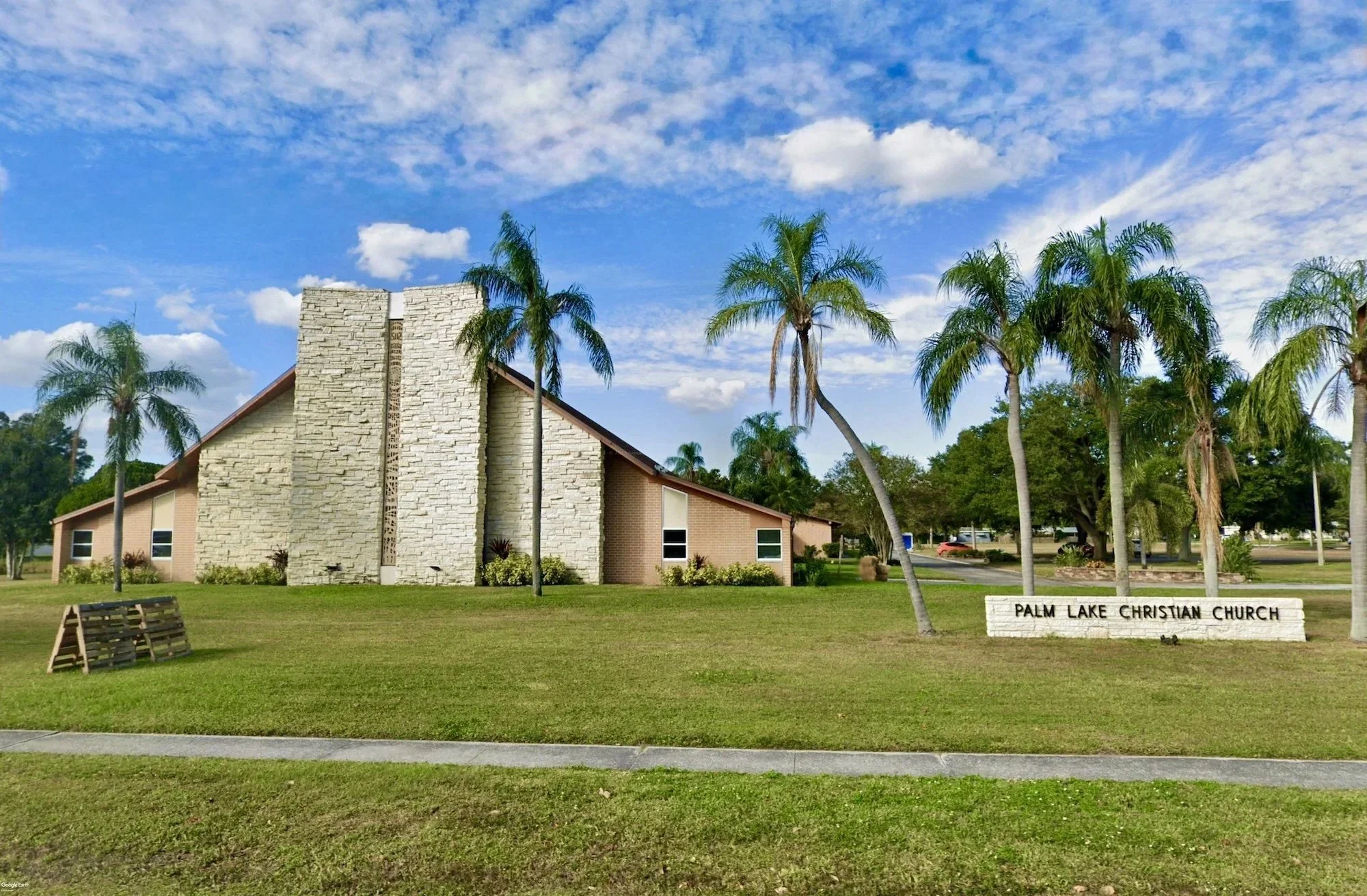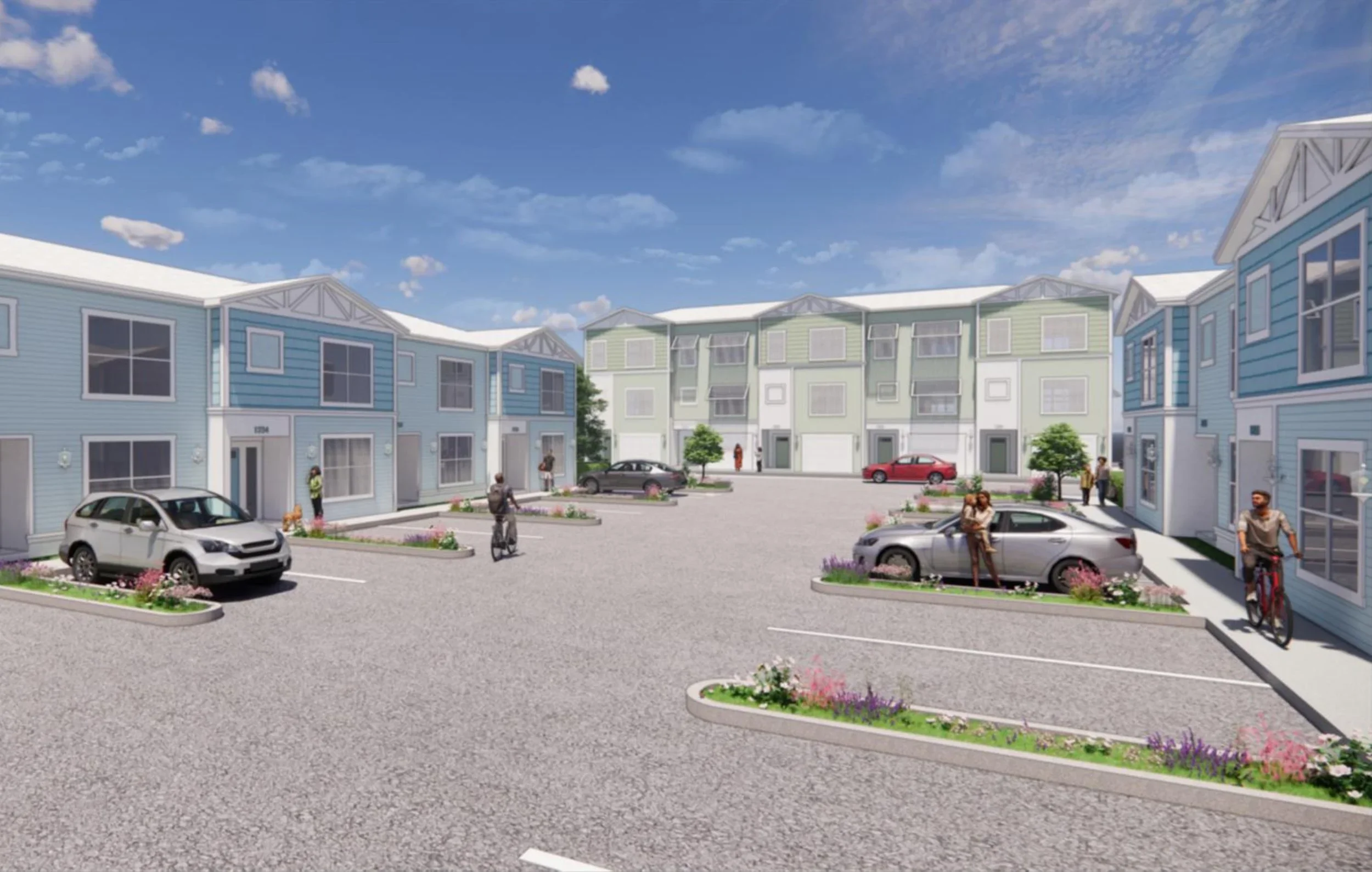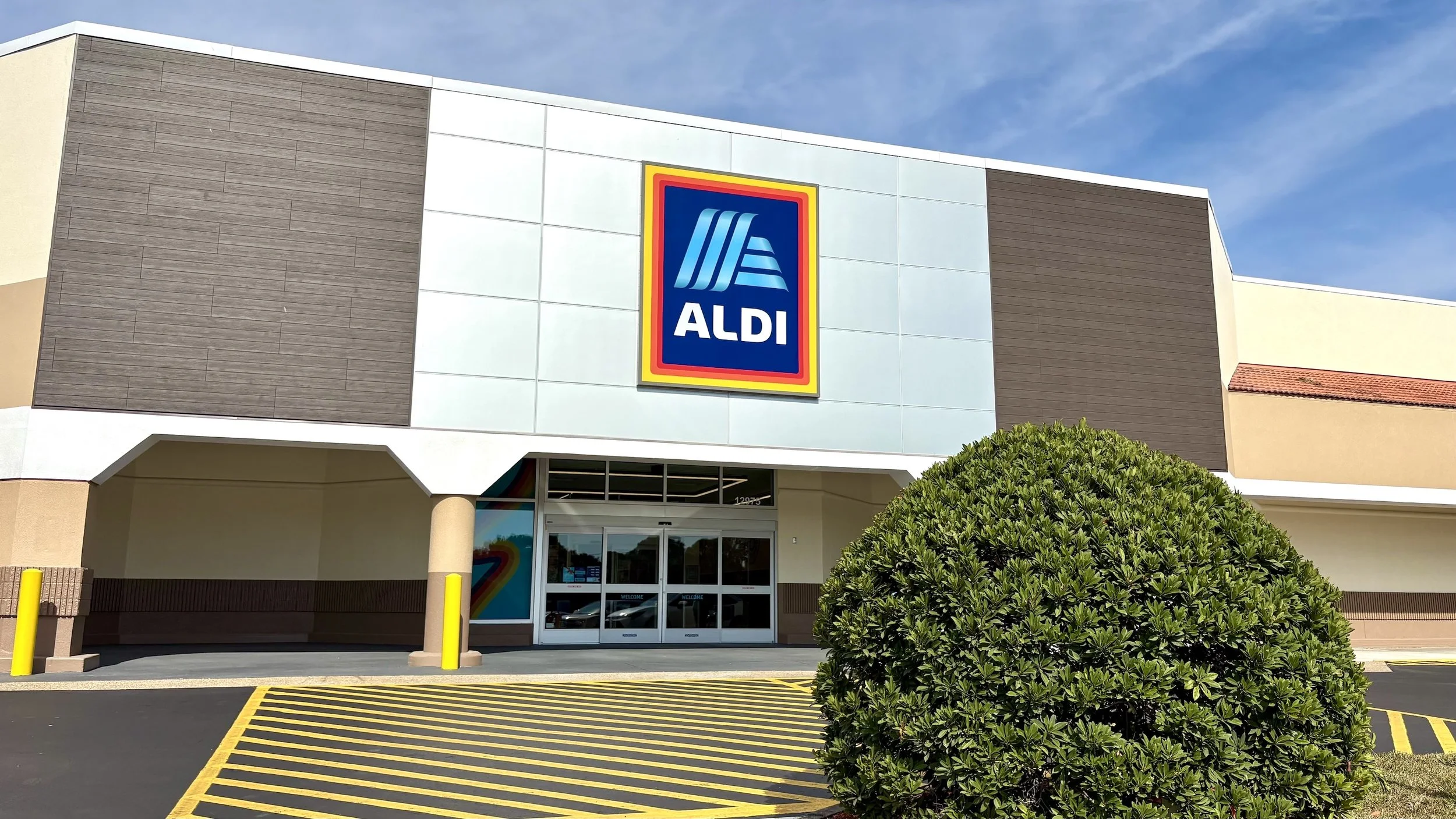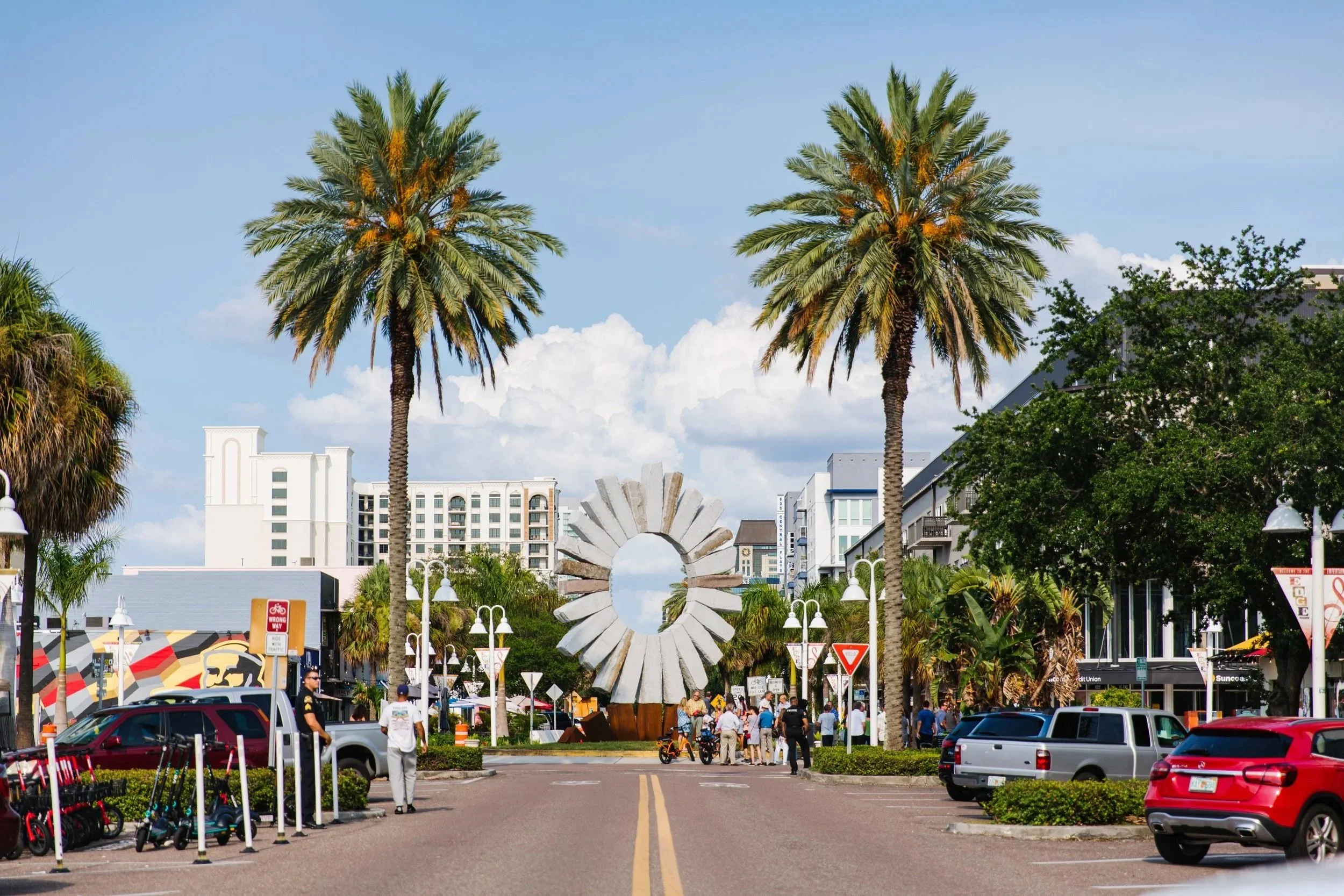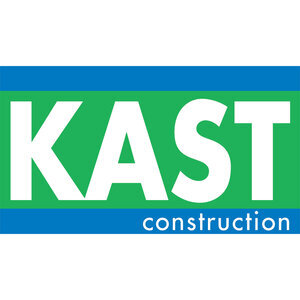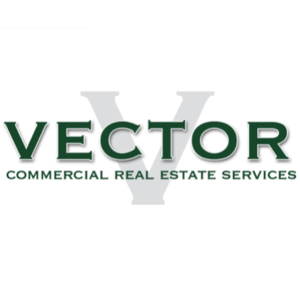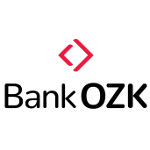Tampa Bay's first bus rapid transit line, SunRunner, to launch later this year
/PSTA’s SunRunner will feature uniquely branded busses with art designed by local artist Chad Mize.
The SunRunner Bus Rapid Transit system between Downtown and St. Pete Beach will begin operation late this summer as the first BRT project in Tampa Bay. BRT systems are designed to combine the capacity and speed of a metro with the lower cost and flexibility of a bus system. They have been implemented recently in 26 U.S. cities.
Pinellas Suncoast Transit Authority developed and will operate the $44-million, 10.3-mile route. PSTA is also conducting a Transit Oriented Development (TOD) study, called SunRunner Rising, with consultants Kimley-Horn.
Pinellas Suncoast Transit Authority (PSTA) Public Relations Coordinator Stephanie Rank indicates that PSTA expects to present recommendations to the City of St. Petersburg by April in conjunction with the StPete2050 plan which was published last year. St. Pete Mayor Ken Welch was a former PSTA Chairman is knowledgeable about transit system issues.
PSTA projects 4,000 riders daily and the end-to-end ride will take about 35 minutes from 3rd Street in downtown St. Pete to St. Pete Beach’s Pinellas County Beach Park.
PSTA projects 4,000 riders daily and the end-to-end ride will take about 35 minutes from 3rd Street in downtown St. Pete to St. Pete Beach’s Pinellas County Beach Park. By comparison the Central Avenue Trolley had 2,800 riders daily pre-Covid and takes about 50 minutes for its route with many local stops.
SunRunner has 16 stations each way along 1st Avenues North and South, Pasadena Avenue and Gulf Avenue. The fare will be $2.25 one way and it will operate from 6 am to midnight. Buses will arrive every 15 minutes until 8 pm and at 30-minute intervals at night.
The SunRunner stations and buses will be quite eye-catching. A prototype station at 1st Avenue North and 5th Street shows the planned vivid murals of neighborhood highlights. The turquoise buses will have large “Mr. Sun” logos designed by local artist Chad Mize.
BRT features include Transit Signal Priority (TSP) technology which allows the buses to communicate with traffic signals along the route to maximize green lights as the buses approach.
BRT features include Bus And Turn (BAT) lanes and Transit Signal Priority (TSP) technology. The BAT lanes are reserved for buses and vehicles turning to the left as well as emergency vehicles. TSP allows SunRunner buses to communicate with traffic signals along the route to maximize green lights as the buses approach.
The buses will include bike racks and level boarding and the stations will provide shelter and ticket vending machines. Riders can pay in advance and minimize wait time with the Transit App while station displays indicating when the next bus will arrive.
Expected benefits include: enhanced community connectivity; convenience for commuters, visitors and shoppers throughout the system; increased traffic to businesses near stations; potential savings from reduced car ownership; reduced traffic emissions and demand for parking, particularly downtown St. Pete and at the beach; increased visibility and elimination of stops behind buses due to BAT lanes. Bike lanes will be widened along much of the routes.
A prototype station was recently completed along 1st Avenue North and 5th Street in downtown St. Pete.
Potential concerns heard from the community include increased rents, some parking spots eliminated due to station placement and congestion on the full traffic lanes. In response PSTA notes the SunRunner Rising study is looking at partnering with municipalities to increase affordable housing opportunities near the corridor. And the project aims to get more people out of their cars and use the bus system to reduce congestion and the need for parking.
A 2020 study by the American Public Transportation Association (APTA) determined that every $1 invested in public transit generates $5 in economic benefit. Another recent APTA and National Association of Realtors study analyzed the economic impact of BRT systems in Hartford, CT and Eugene, OR - cities which, like St. Pete, don’t have rail public transit.
In those cities, the value of property close to BRT stations has increased far more than other areas. PSTA CEO Brad Miller has said public transit stops are a lure for development partly because unlike normal bus routes they are unlikely to be moved to other locations.
Households close to public transit spent $2,500 to $4,000 less annually on transportation with reduced car use per the study. However rent increases have been relatively higher in these areas and the study emphasized the resultant need for strategies to improve affordable housing.
PSTA’s SunRunner is expected to spur real estate development along the corridor with mixed-use projects like Orange Station.
As readers of St. Pete Rising know, there has been a great flurry of construction projects along the SunRunner route, particularly through Downtown and the EDGE and Grand Central districts. In some cases, the City owned property for sale to developers and prioritized bids including workforce housing.
For example construction is scheduled to begin this year on Orange Station, a mixed-use development at the site of the former police station, close to Tropicana Field. There will be a westbound SunRunner station at Orange Station.
Rank indicates SunRunner is already influencing this development activity, “Many of the developers coordinated with the PSTA project team to minimize any conflicts and better align access to the SunRunner stations.”
The StPete2050 long-term plan provides substantial guidance for the SunRunner Rising TOD recommendations to be discussed with the City. StPete2050’s mission emphasizes improving access to attainable housing options within all neighborhoods.
SunRunner has 16 stations each way along 1st Avenues North and South, Pasadena Avenue and Gulf Avenue.
It states, “Central Avenue, because of the recent rezoning to allow 60 dwelling units per acre and the SunRunner BRT, is the corridor most poised to be redeveloped with TOD principles. PSTA, in partnership with the City and Forward Pinellas is developing a TOD strategic plan which seeks to maximize dense, walkable, mixed-use development near the BRT station areas.”
StPete2050 goes on to describe what such development might look like: “with active first floor retail uses and office and residential uses on higher stories.”
SunRunner should also fit in well with longer-term StPete2050 plans. For instance StPete2050 mentions the Downtown Mobility Study which includes review of the potential removal or modification of the I-175 spur separating Tropicana Field and the Edge district from Campbell Park and communities to the south. The SunRunner Tropicana Field station would help connect these neighborhoods.
And StPete2050 cites a Tampa Bay Area Regional Transit Authority study to identify a future BRT project along I-275 that will connect Downtown St. Petersburg, Gateway and Tampa. Rank says SunRunner “will be a catalyst for many future BRTs that we can continue to connect our community through transit.”
Although the Greenlight Pinellas light rail and bus route expansion was shot down eight years ago, a successful SunRunner could help renew efforts to finally bring extensive public rapid transit to Tampa Bay.
PSTA’s SunRunner is expected to open later this year. For more information on the SunRunner and its benefits, visit PSTA’s website.
